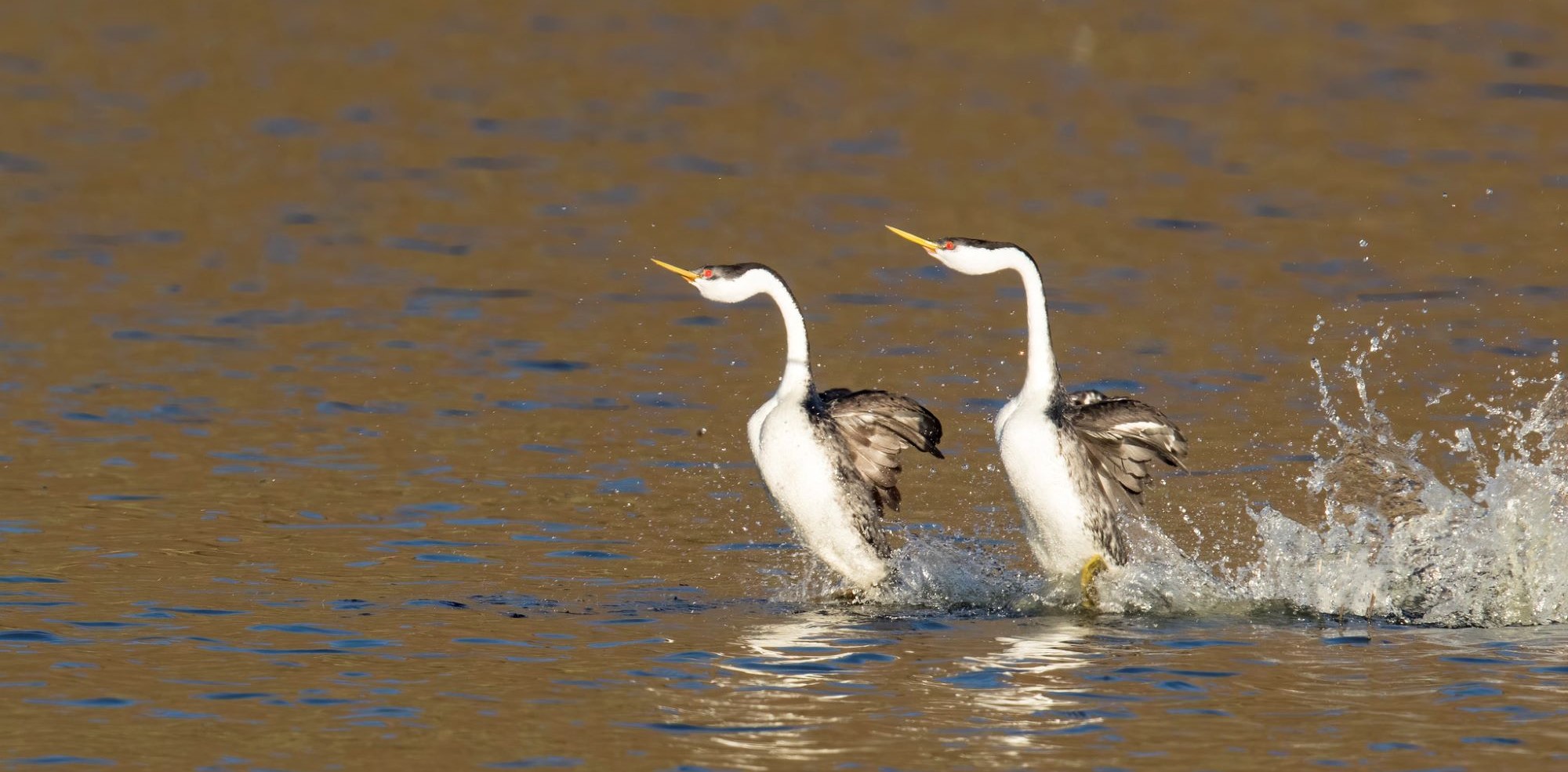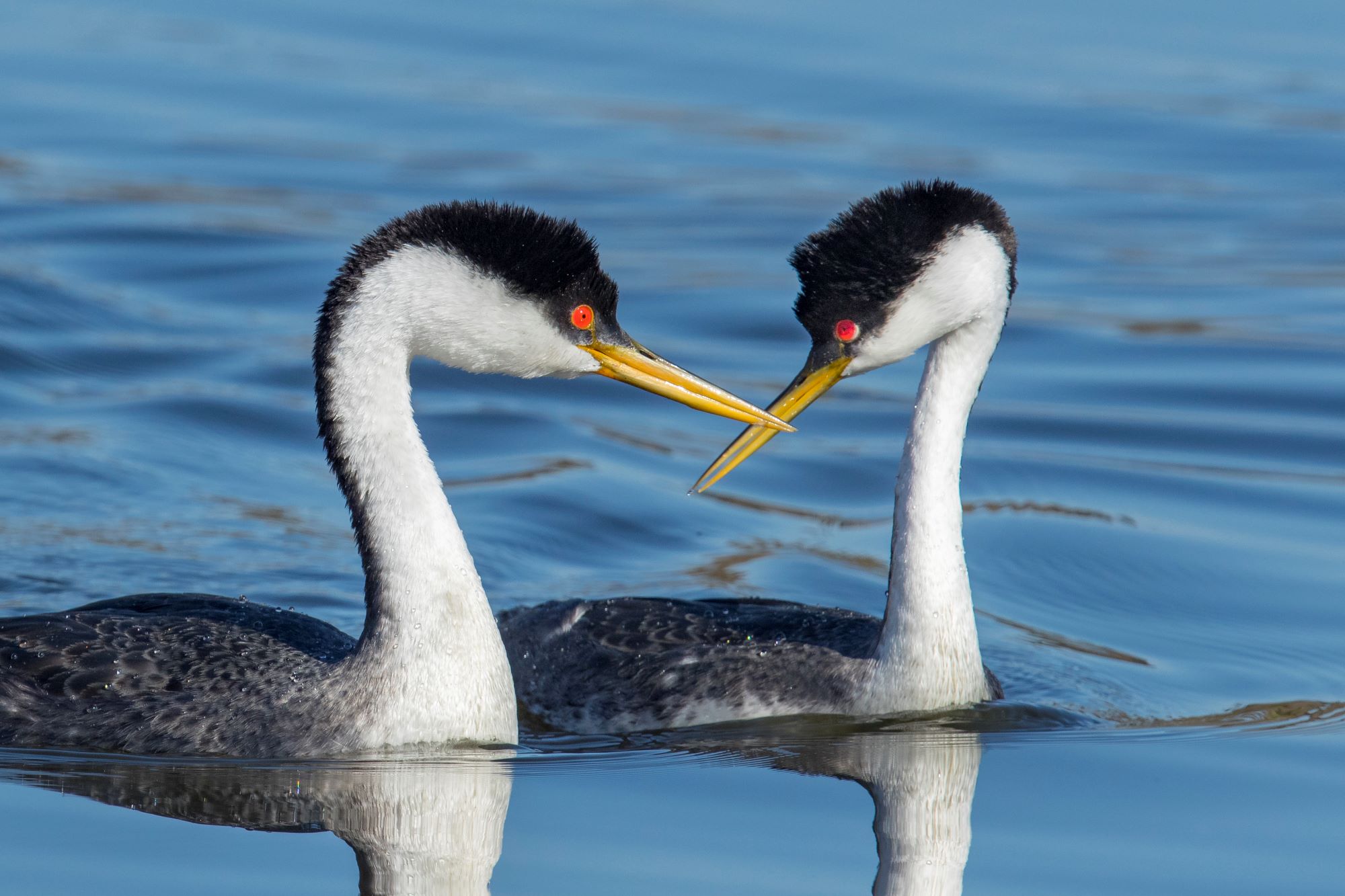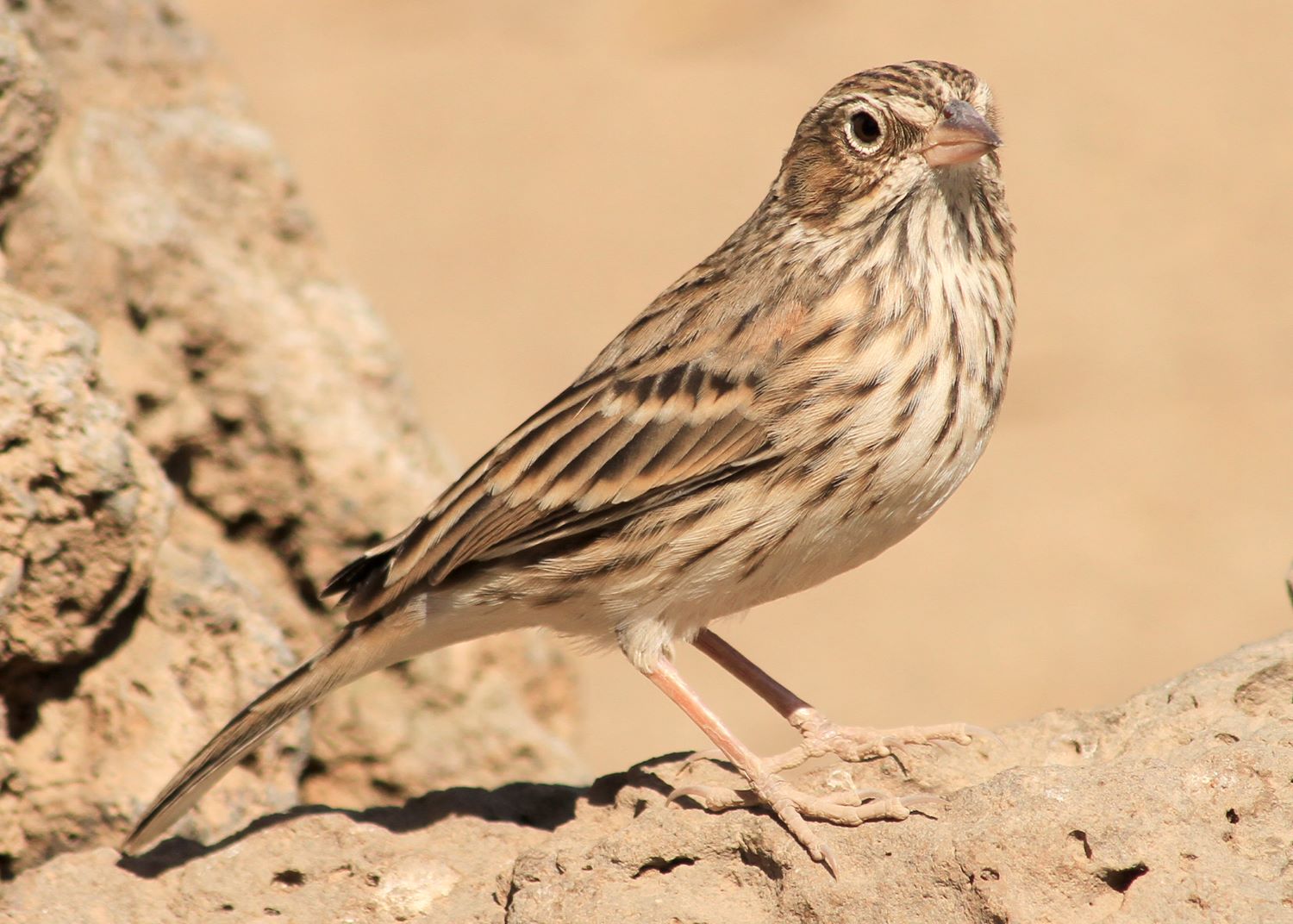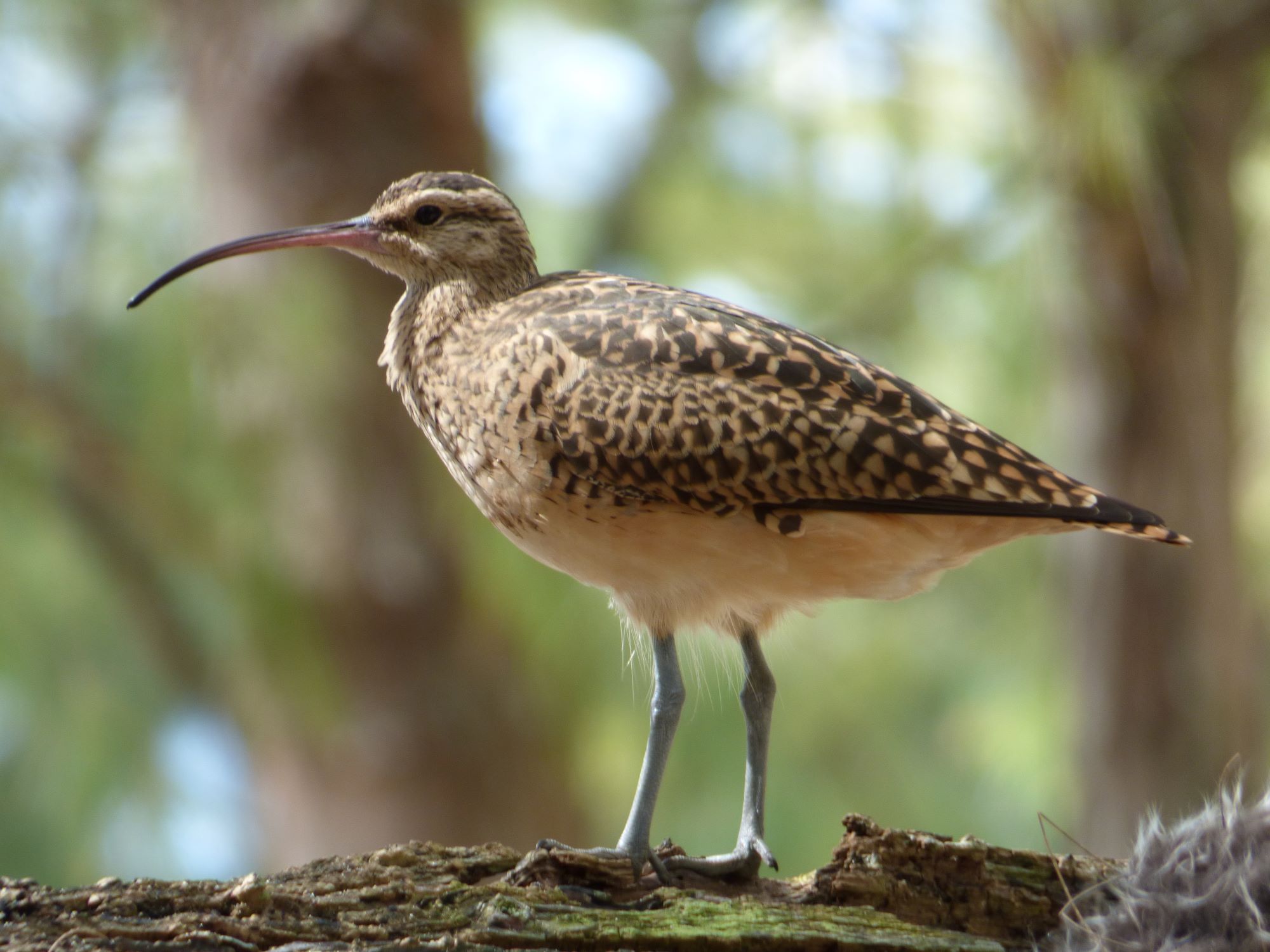
What is a BCC?
You’ve heard of endangered species but do you know about Birds of Conservation Concern (BCC)?
Birds of Conservation Concern represent migratory and non-migratory bird species that are in decline - for which proactive conservation can help prevent further declines. This list of species is designated by the US Fish and Wildlife Service Migratory Bird Program and helps bring attention to species in need, but not already identified as Threatened and Endangered. Taking action for Birds of Conservation Concern can help keep these species off the Threatened and Endangered species list.
How are they decided?
These species are identified based on multiple factors, including population size and trend, known threats on breeding and non-breeding grounds, species distribution, and relative density. The list includes species without sport-hunting seasons in the USA, sport-hunted species with little harvest, subsistence-hunted nongame birds, and Endangered Species Act candidates, proposed or recently delisted species.
In 2021, the Birds of Conservation Concern list included 269 bird species, across the continental US, Puerto Rico and the Virgin Islands, and the Pacific Islands. While these species are not yet at risk of severe decline or extinction, the best way to prevent that from happening is by working to protect these species and the habitats they rely on now.
"The Birds of Conservation Concern list was mandated by law in 1988 to bring conservation attention to birds that are at risk of becoming listed as Threatened and Endangered. The best way to prevent that from happening is by taking action now, to protect them, their habitats, and the resources they need to thrive."
- Michael Green, Deputy Chief, Migratory Birds and Habitat Program, US Fish and Wildlife Service
Let’s dig into some of the species on the BCC list that rely on habitats in the Pacific Birds service area:

Western Grebe (Aechmophorus occidentalis)
With a courtship ritual that rivals ballet, this species wins the award of the most graceful species in the lakes and along the coastlines it inhabits. In this ritual, both species “run” across the water together, with their long, slender necks curved upward in an S-shape. Other rituals include “dancing” along the surface of the water with weeds in their bills.
During the breeding season, they can be found on inland lakes with marshy edges, into the Midwest. Breeding occurs in colonies, and after mating the pair will build a floating nest made of vegetation together in shallow water.
During nonbreeding seasons, Western Grebes may migrate to bays, estuaries, and lakes on the Pacific Coast. They can be identified by their bright red eyes and yellow bills, which are a stark contrast to the black, white, and grey plumage. The diet of the Western Grebe consists mainly of fish, supplemented with small crustaceans and insects.
This species (and the closely related species, Clark’s Grebe) has experienced a steep population decline in recent decades, likely due to climate change-driven habitat loss in nesting areas, boater disturbance at nesting colonies, and poorly timed water draw-downs on reservoirs where the species breeds.

Vesper sparrow (Oregon) (Pooecetes gramineus affinis)
Named after an observation that their singing was “most impressive” in the evening (vesper means evening in Latin), these classic #LittleBrownBirds or LBBs are found in open fields, meadows, prairies, and grasslands. They forage primarily on the ground, sometimes in small flocks, searching for insects and seeds.
A fun fact about vesper sparrows: the males will defend nesting territory by singing from a perch, and their courtship dances involve males running around on the ground, circling the female with their wings and tail spread. These sparrows nest on the ground in small depressions, often near the base of a grass clump or shrub made of weeds, grass, animal hair, and roots.
Grassland birds in general, including vesper sparrows, are declining across the United States. The population of vesper sparrows west of the Cascades (the ‘Oregon’ subspecies) is in particular trouble due primarily to habitat loss. Researchers are working to understand habitat needs and where they spend the winter.
Our new Prairie, Oaks, and People 2.0 plan (to be released in late summer 2024), highlights the Vesper Sparrow and other grassland birds as priority conservation species in the Pacific Northwest and includes an investment strategy to help guide restoration and conservation plans.

Bristle-thighed curlew (Non-breeding) (Numenius tahitiensis)
If you guessed that this bird's name comes from its bristled thighs, you’d be correct! While the function of their elongated thigh feathers is still unknown, they do give these shorebirds some unique flair.
Adding to the intrigue of this species is their incredible migration and affinity for wintering exclusively on oceanic islands like the Hawaiian archipelago. Their 4,000 km - 6,000 km nonstop migratory trip from their breeding range in Alaska to the Northwestern Hawaiian Islands is quite an astonishing feat!
During the non-breeding season in the Pacific islands, they frequent a wide variety of habitats including tidal mudflats, wetlands, marshes, mangrove swamps and lagoons, reefs, beaches, and other open areas away from the shoreline. Fun fact: Bristle-thighed curlew are the only shorebird known to have a flightless molt phase.
At fewer than 10,000 individuals worldwide, the population of Bristle-thighed Curlews is small and vulnerable to declines driven by climate-induced habitat loss both on their breeding grounds and on the low-lying Pacific islands where they spend their winters. Additional threats in their nonbreeding range include plastic pollution and introduced mammals which reduce overall food availability. For these reasons, they are on the Birds of Conservation Concern list.

What can YOU do?
The best way to keep these and all species off the threatened and endangered species list is to raise awareness about these species and take action. Some steps you can take now are to learn more about the species in your area, support habitat restoration, and support the organizations that are already working to protect them.
- If you have pets, keeping them on leashes or indoors is a great and easy way to help reduce stress and danger to bird species.
- During migration season, turning off your lights at night and treating your windows with stickers or films to prevent strikes can help reduce mortality and ensure they get to their destinations safely.
- If you’re an avid gardener, planting native species and using pesticide-free and green products helps create a respite for hungry and tired birds.
- Finally, if this inspires you to start birding or learn some new species, record them in eBird and help contribute to critical citizen science.
The BCC helps identify species with pressing threats to their populations and habitats where concerted action can help keep these species from declining further. Learn more about the BCC list on the US Fish and Wildlife Service website.
